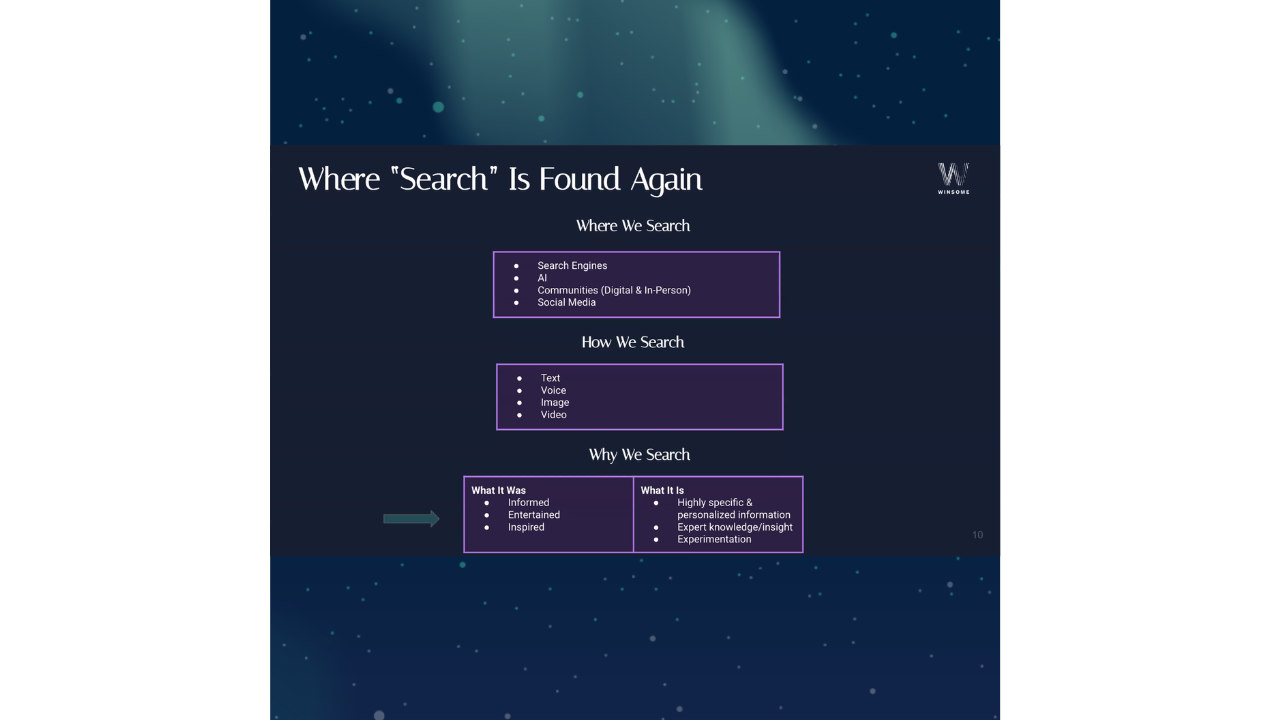How AI Revolutionized My Meeting Productivity
Every single day, I rely on AI for meetings. In fact, I’m not even sure I remember how to take manual notes anymore! The tools available today have...
4 min read
 Writing Team
:
Sep 24, 2024 6:09:30 PM
Writing Team
:
Sep 24, 2024 6:09:30 PM

As artificial intelligence (AI) becomes increasingly integrated into employee listening programs, businesses are finding new ways to gather insights on employee experiences. However, concerns about privacy, data misuse, and decision-making based on human-centered data continue to grow. Interestingly, a study by Qualtrics revealed that HR leaders often underestimate how comfortable employees are with AI-driven feedback systems, highlighting a significant gap in perception that could affect the success of employee listening initiatives.
According to the Qualtrics study, 77% of employees express a desire to provide more frequent feedback. Employees want their voices to be heard, but they don’t want the burden of completing daily surveys. Similarly, HR teams and managers are searching for efficient ways to capture insights without being overwhelmed by the frequency of feedback collection. This is where passive employee listening, powered by AI, becomes an effective solution.
Passive employee listening involves the collection and analysis of unstructured data generated from employees' day-to-day activities—such as emails, meeting declines, and answers in public channels. AI is leveraged to analyze this data and provide insights into employee sentiment and behavior. As AI continues to evolve, the ability to process large amounts of unstructured data quickly and cost-effectively becomes increasingly accessible.
Compared to traditional feedback methods, which rely on periodic surveys, passive listening offers continuous, real-time insights. This method provides a more comprehensive and ongoing view of employee experiences. However, there are challenges associated with passive listening, particularly around privacy concerns and handling the sheer volume of data.
The Qualtrics study explored how employees perceive AI-powered passive listening, particularly the use of their text and behavioral data. While HR leaders tend to be cautious, the research found that employees are more open to passive listening than expected, especially when the data is sourced from internal workplace systems.
Key findings include:
The Qualtrics study revealed that privacy remains the top concern for employees when it comes to passive listening. A total of 57% of employees cited privacy invasion as their primary worry, with HR leaders correctly identifying this as a major issue as well.
Employees also expressed concern about the potential for misinterpreting the data collected, a concern that HR leaders tended to underestimate. Conversely, HR leaders expected fear of reprisal to be a greater concern than employees actually reported.
The study highlighted that comfort with passive listening varies significantly based on an employee's level within the organization. Senior-level employees, including executives, are more likely to opt into these programs, while individual contributors tend to be more hesitant. For example, 43% of executives said they would definitely opt into passive listening programs, compared to only 31% of individual contributors.
According to the Qualtrics study, organizational trust is a key factor in determining whether employees are willing to participate in passive listening programs. Employees who trust their senior leadership are significantly more likely to opt into these programs, particularly when they believe that leadership will act on the insights and be transparent about how the data is used.
There is a direct correlation between employee trust and participation: employees who are willing to recommend their company as a great place to work and who trust their leaders are much more likely to opt into monitoring programs.
To improve comfort levels with passive listening, the Qualtrics study identified two key factors that could make employees more willing to participate:
The Qualtrics study suggests several best practices for organizations looking to implement AI-driven passive listening programs effectively:
Emphasize Transparency: Clearly communicate how employee data will be collected, analyzed, and used. Establish ethical guidelines and policies that address data transparency and trust, ensuring employees feel secure about participating.
Strengthen Data Privacy: Develop privacy policies that outline secure data collection, storage, and access protocols. Employees need assurance that their data will not be misused, and that the system has strict limitations on its use, such as avoiding performance evaluations based on passive listening data.
Tailor Communications: Customize your communication strategy based on employee demographics. For example, individual contributors may value practical improvements in their day-to-day tasks, while senior employees may appreciate innovations and process improvements driven by passive listening.
Challenge Assumptions: The study highlights that many HR leaders assume employees are more uncomfortable with AI and passive listening than they actually are. Organizations should regularly reassess their assumptions and explore how employees truly feel about these technologies.
Foster Organizational Trust: Building trust is essential to gaining employee buy-in for passive listening programs. Companies can foster trust by acting transparently and consistently in employees' best interests, helping to create a positive environment for feedback collection and data use.
The Qualtrics study shows that while passive listening presents challenges, most employees are open to these programs when they trust their organization and understand how their data will be used. As AI technologies continue to evolve, passive listening will become an increasingly valuable tool for managing employee experience and engagement.
To implement these programs effectively, organizations must prioritize transparency, privacy, and trust. By following the recommendations outlined in the study, companies can leverage passive listening to improve employee satisfaction and organizational performance.
If you're interested in exploring how passive listening could enhance your employee engagement efforts, Winsome Marketing is here to assist. Contact us today to learn how our expertise can help your organization succeed with cutting-edge AI solutions and employee listening strategies.

Every single day, I rely on AI for meetings. In fact, I’m not even sure I remember how to take manual notes anymore! The tools available today have...

I remember the foundational HubSpot framework from fifteen years ago, when they said the reasons why people search something on the internet. That...

In the pursuit of business growth, it's natural to hope for simple solutions or "hacks" that promise fast results. During the recent "Growth...